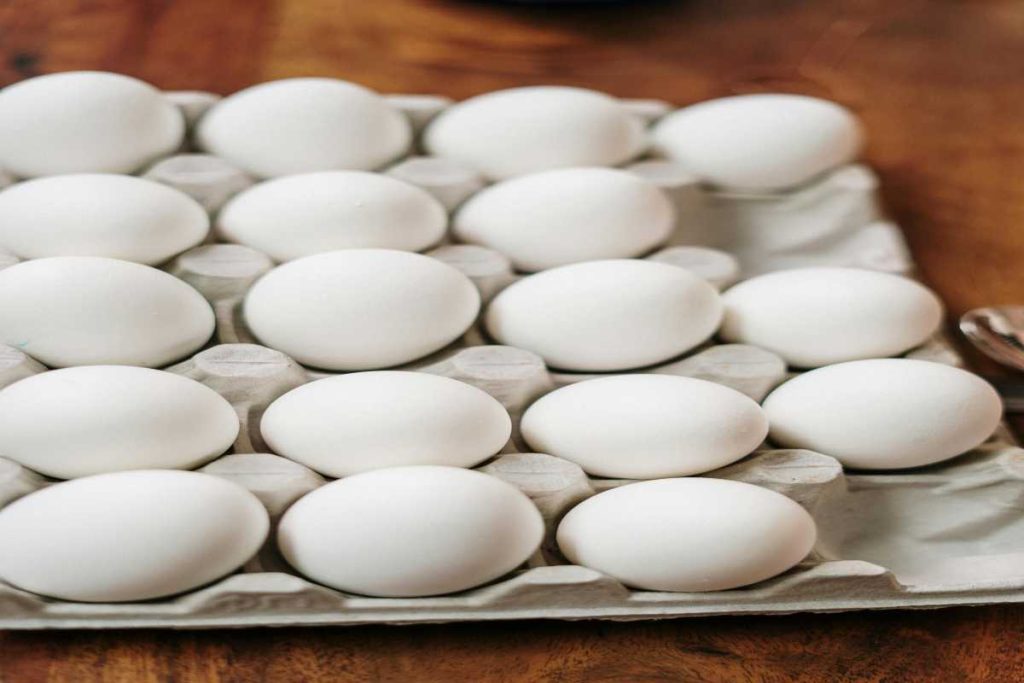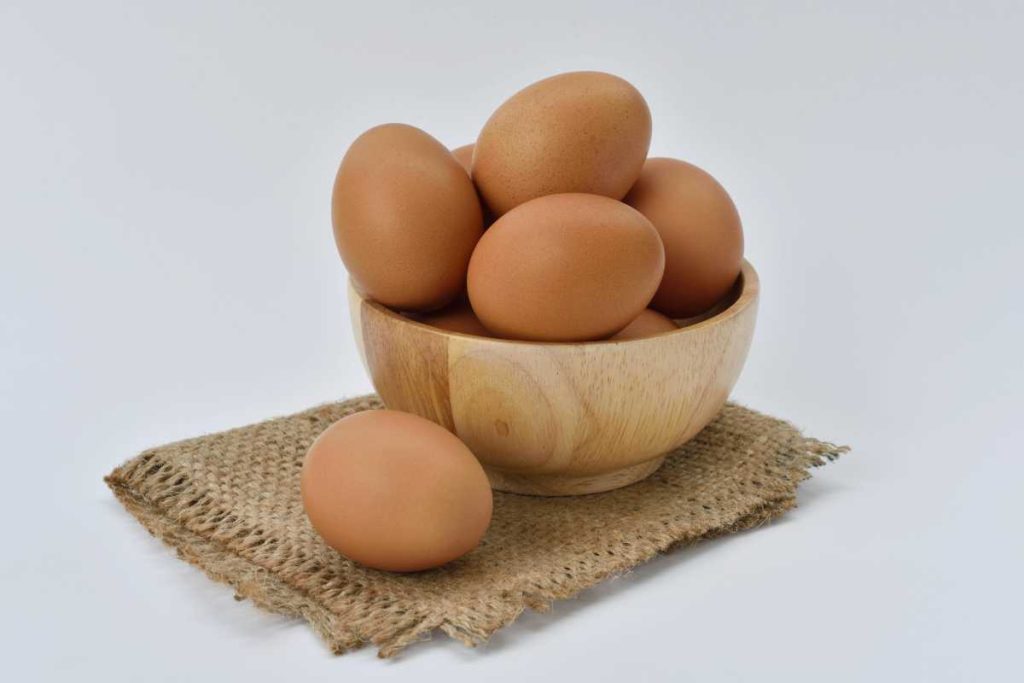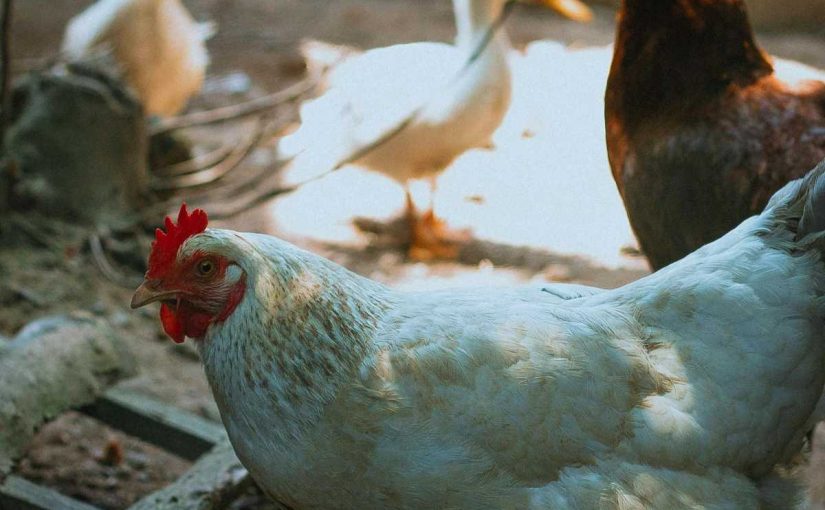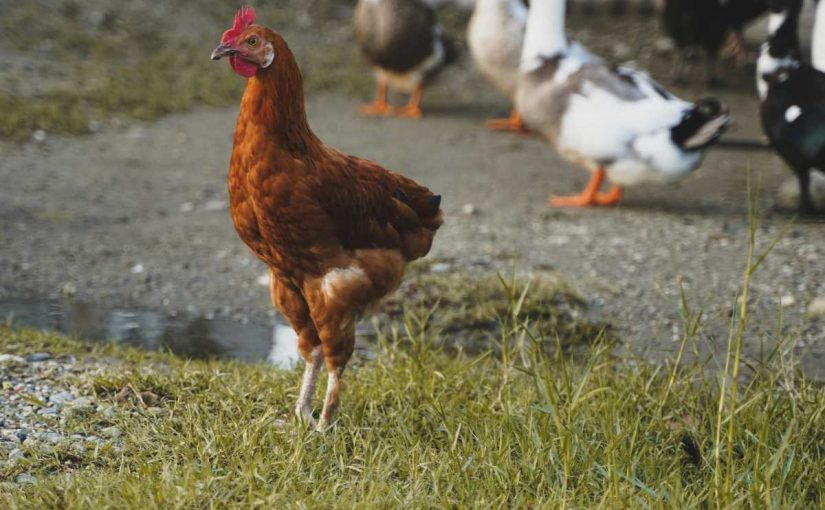The color of chicken eggs is not just a matter of aesthetics. It can also provide insight into the genetics of your flock. Different breeds of chickens lay eggs in a variety of colors, from white and brown to blue, green, and even speckled. While the color of the eggshell may not affect the taste or nutritional value of the eggs, it is a unique trait that is influenced by genetics. Let’s take a deeper dive into the science behind eggshell color and what genetics has to say about it.
1. The Genetics Behind Eggshell Color
Eggshell color in chickens is determined by a combination of genetics and breed-specific traits. The genes responsible for eggshell color are carried by the hen and passed down through generations. There are several major genes and factors involved in determining the eggshell color:
a. The Oocyanin Gene
One of the key players in eggshell color is the Oocyanin gene, which is responsible for producing blue and green eggs. This gene is dominant in breeds like the Araucana and Ameraucana, which are known for their blue-green eggs.
- Blue eggs are produced when hens have two copies of the blue egg gene (often symbolized as O), leading to the deposit of a blue pigment called biliverdin on the eggshell.
- Green eggs result when the blue pigment (from the O gene) is laid over the brown pigment (from the b gene). Thus, green eggs are a mix of blue and brown pigments.
b. The Brown Egg Gene
In contrast to the blue egg gene, brown eggs are the most common and are produced by hens with a gene known as “e” for brown eggs. Brown egg color comes from a pigment called protoporphyrin, which is deposited onto the eggshell during the formation process in the hen’s oviduct.
- Brown eggs are associated with breeds like Rhode Island Reds, Sussex, and Leghorns. Hens that lay brown eggs tend to have a more extensive and well-developed pigment layer.
c. White Eggs

Eggs that are white result from hens that do not produce any additional pigments on the eggshell. This trait is typically associated with white-feathered breeds, like White Leghorns. White eggs are often seen as a simpler, more natural option, with no pigmentation added during the egg-laying process.
2. The Role of the Hen’s Genetics
Different breeds carry distinct combinations of the genes that affect eggshell color. Here’s a breakdown of some common breeds and the color eggs they produce:
- White Leghorn – White eggs. These chickens are commonly used in commercial egg production due to their prolific laying and white eggs.
- Rhode Island Red – Brown eggs. Known for their hardiness and egg-laying abilities, these chickens produce rich brown eggs.
- Ameraucana and Araucana – Blue eggs. These breeds are famous for their unique blue eggs, which are a result of the Oocyanin gene.
- Olive Egger – Olive-green eggs. This is the result of crossbreeding between blue egg layers (e.g., Ameraucana) and brown egg layers (e.g., Rhode Island Red).
3. How the Eggshell is Formed
To understand the color of the eggs, it helps to know a bit about how eggshells are created. The eggshell starts forming in the hen’s oviduct, where various layers of proteins and pigments are added. Here’s a simplified process:
- First Stage: The egg is initially created with a protein shell (the egg white or albumin).
- Pigment Layering: In the final stages of shell development, pigments are deposited onto the surface of the eggshell. This is where the color comes into play:
- Brown eggs are colored by protoporphyrin.
- Blue eggs are colored by biliverdin.
- Green eggs are a combination of brown and blue pigments.
- Final Stages: Once the pigment is laid over the shell, the eggs are complete and ready for laying.
4. Genetics of Eggshell Color in Crossbreeds

When you breed chickens from different breeds, the genetics of eggshell color can mix in interesting ways. For example:
- Olive Eggers: If a blue egg-laying breed, like the Ameraucana, is crossed with a brown egg-laying breed, such as the Rhode Island Red, the result is chickens that lay eggs in varying shades of olive green. This is a cross of the Oocyanin gene and the protoporphyrin pigment gene.
These crossbreeds often create a wider variety of egg colors and can be desirable for backyard chicken keepers who enjoy having different colors of eggs in their nests.
5. Eggshell Color and Chicken Behavior
There is no scientific evidence to suggest that hens who lay different-colored eggs have different behaviors or care requirements. However, it’s commonly believed that certain traits, like feather color or the size of the chicken, may indirectly affect the breed’s egg-laying habits.
For instance:
- Blue or green eggs tend to come from smaller chickens that may not lay as frequently as those that lay brown eggs.
- Brown egg-layers are often larger and more hardy, contributing to their higher egg production rates.
However, in terms of genetics, the key difference is in the pigmentation genes that affect the final eggshell color, and these do not generally correlate with egg size or laying frequency.
6. Does Eggshell Color Affect Egg Quality?
From a nutritional perspective, the color of the eggshell doesn’t impact the taste or nutritional content of the egg. However, some people may perceive brown eggs as being more “natural” or “organic,” while others appreciate the uniqueness of blue and green eggs.
What’s important to note is that the eggshell color is entirely based on the hen’s genetics and does not affect the internal quality of the egg, including the egg white or yolk.
7. Why Do Some Hens Lay Lighter or Darker Eggs?
Several factors can influence the shade of the eggs laid by a hen:
- Age of the hen: Younger hens tend to lay lighter eggs, while older hens may lay darker eggs.
- Breed: Different breeds have variations in their egg color. For instance, a Rhode Island Red will typically lay a darker brown egg than a Sussex, even though they both lay brown eggs.
- Health and Nutrition: A hen’s diet and overall health can also impact the hue of the eggs they produce. For example, a diet rich in carotenoids (from foods like corn and marigolds) can make eggs slightly more vibrant in color.
Conclusion
The color of chicken eggs is largely dictated by genetics, with specific genes responsible for blue, green, and brown eggs. Understanding these genetic factors can help you predict what colors to expect from your chickens, whether you’re raising purebred birds or crossing breeds for unique hues. While eggshell color doesn’t affect the quality of the egg itself, it adds an interesting and beautiful layer to the world of poultry keeping. With this knowledge, you can better understand your chickens’ egg-laying patterns and appreciate the colorful eggs they produce!




